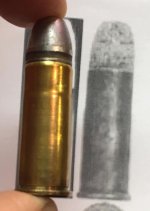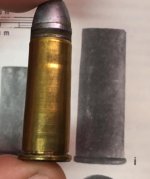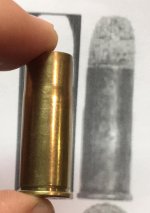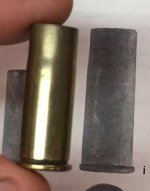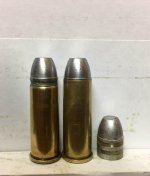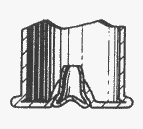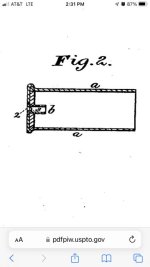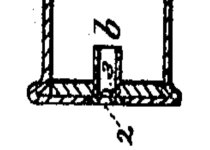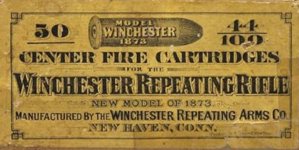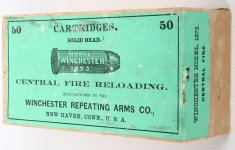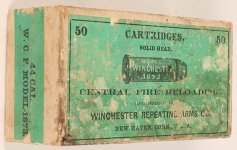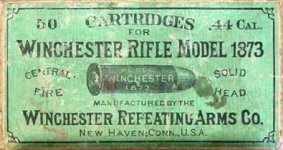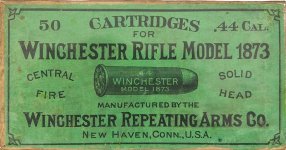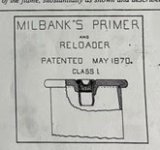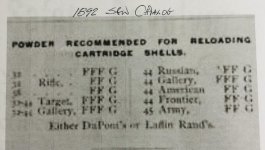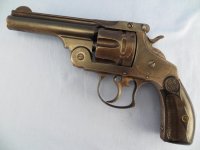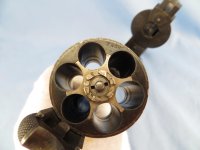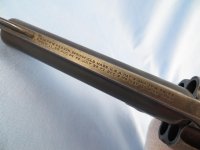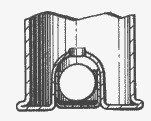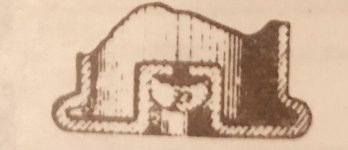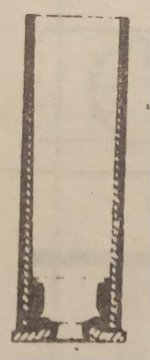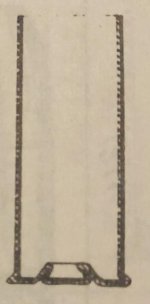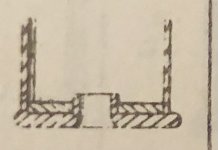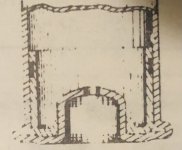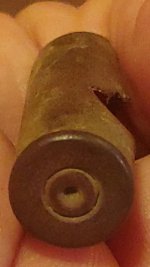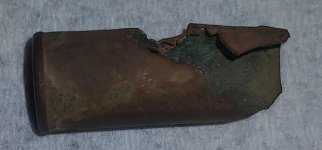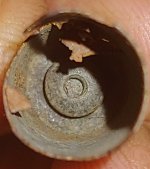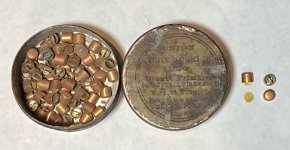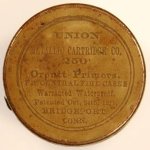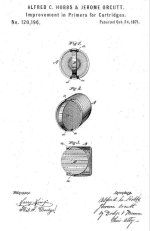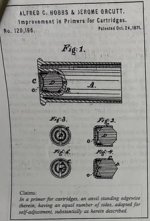Little Big Horn
Well,
The 2004 report claims of the cases found in 44 WCF at the sight of the Little Big Horn or surrounding area, They estimate they came from 11 Winchester 73's that were used and confirmed 3 were used by Indians.
The report is very general and claims the cases found are either Milbank or boxer primed. I took another look at your X-Ray photo of the Milbank primed case, and it sure looks like it's a folded head case with a centerfire type insert those pre-date the solid head case because the X-Ray shows a dense area near the head of the case suggesting an insert but no way to prove it without cutting one open Lengthwise. I know, the cartridge collectors are having a fit about now.
***That's great reference on the Little Big Horn!
Where are those cases???
Murph
Well,
The 2004 report claims of the cases found in 44 WCF at the sight of the Little Big Horn or surrounding area, They estimate they came from 11 Winchester 73's that were used and confirmed 3 were used by Indians.
The report is very general and claims the cases found are either Milbank or boxer primed. I took another look at your X-Ray photo of the Milbank primed case, and it sure looks like it's a folded head case with a centerfire type insert those pre-date the solid head case because the X-Ray shows a dense area near the head of the case suggesting an insert but no way to prove it without cutting one open Lengthwise. I know, the cartridge collectors are having a fit about now.
***That's great reference on the Little Big Horn!
Where are those cases???
Murph
Last edited:

